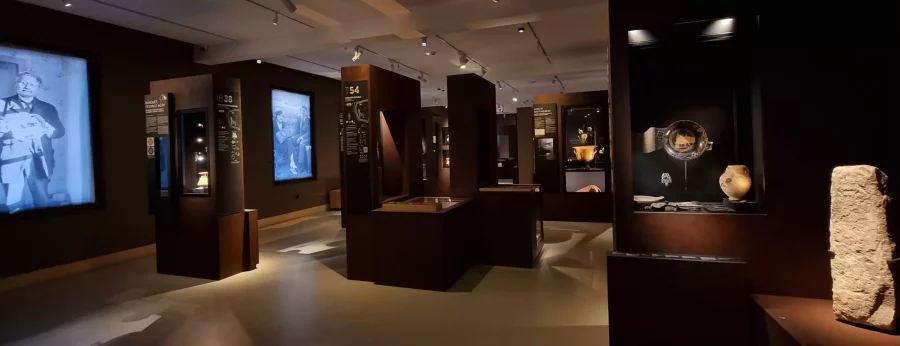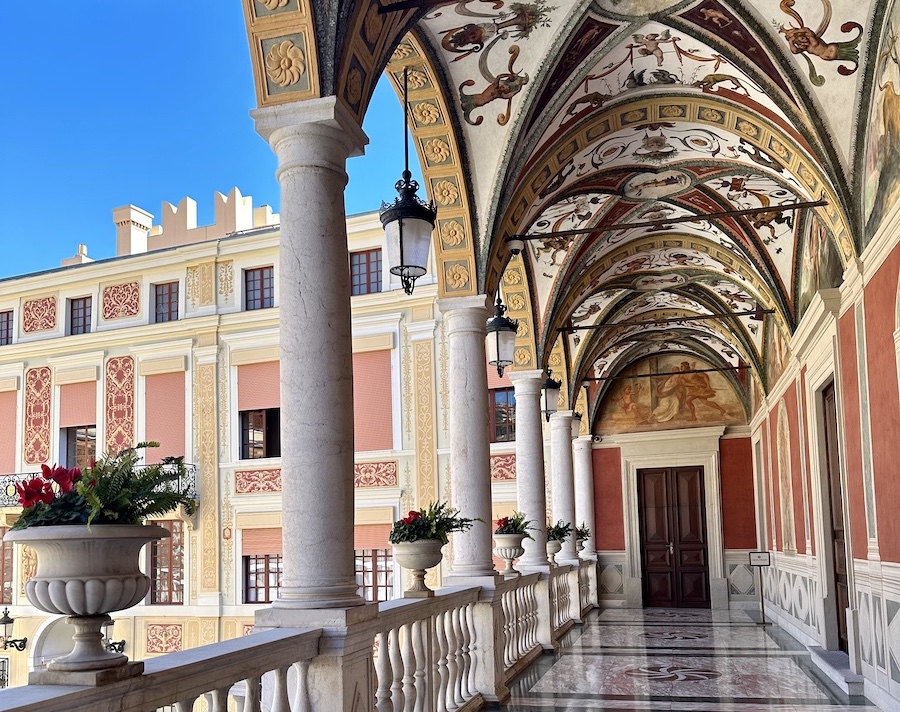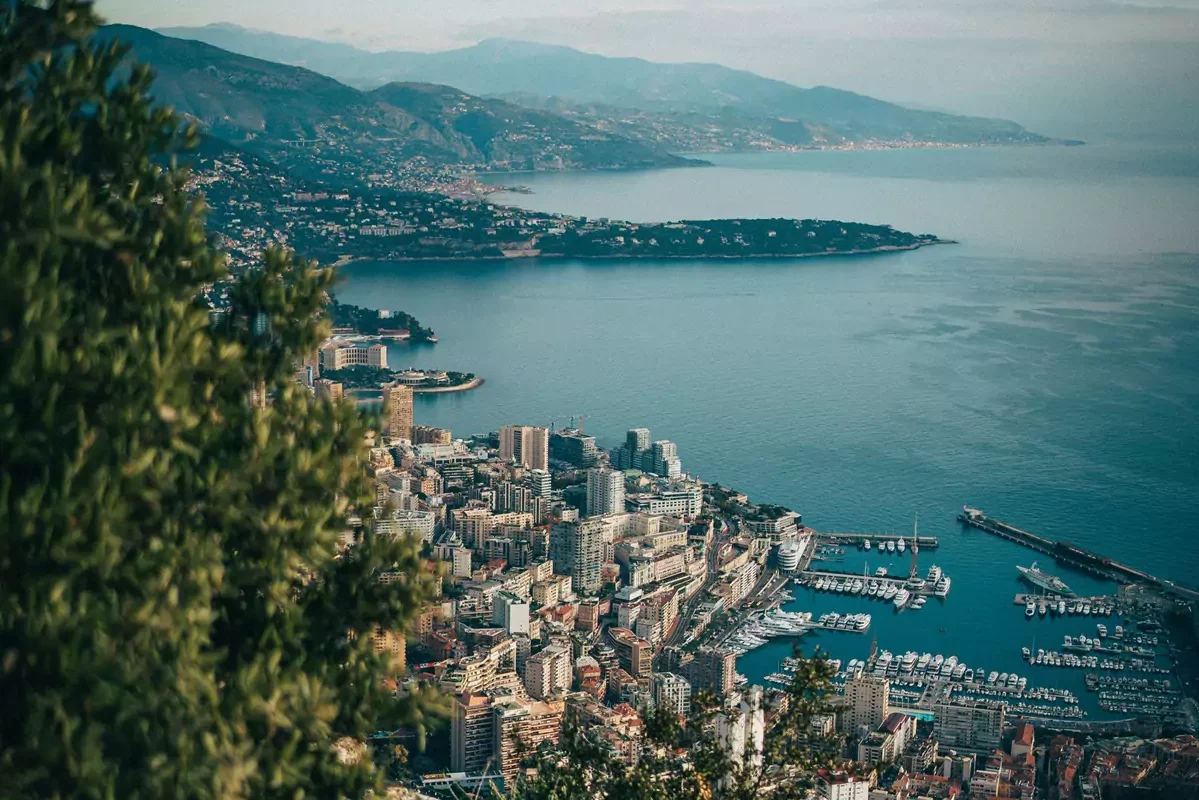Monaco Life explores the connections – historical and etymological – between the Ancient Greek hero of Heracles and the Principality, including the story of how its most famous port came to bear his name.
What do a divine hero of Ancient Greek mythology and a small, wealthy state on the north of the Mediterranean coast, some 1,400 kilometres from Thebes, have in common? Quite a lot as it happens, and far more than just the name of a harbour.
Portus Herculis Monœci
Port Hercule is almost certainly the most obvious connection between Heracles – Hercules to the Romans – and Monaco, but may still be subtle enough to slip past many already familiar with the Principality and its history.
It is the largest port in Monaco and is a deep natural bay that is somewhat rare on this stretch of coast, making it a popular choice for sailors in the region for millennia.
According to the historical archives of the Principality, “Coins dating back to the first quarter of the fourth century BCE from Marseille, Syracuse, Peloponnesos and Cyprus prove that Monaco was integrated into trade in the Mediterranean Sea. These relics, along with many others, cause us to estimate that the highest level of activity in the ancient port was around 300BCE.”
Other artefacts, including those of Carthaginian origin, have been found in Monaco itself.

The Romans are believed to have been behind the naming of the port as we would recognise it today. Portus Herculis Monœci was an “essential refuge along the shipping route that connected Italy to the province of Narbonne and then to Hispania” for the growing empire before the turn of the millennium and Julius Caesar is understood to have stopped off here in 50BCE.
Monoikos before the Romans
But even before this heyday in Classical Antiquity, there were hints of a connections between Monaco or Monoikos as it was first described by Hecataeus of Miletus circa 500BCE and the Greek hero.
Some attribute Monoikos to the “Phoenician or Hebrew words Menihh or Monêhh, which mean ‘restful’”, says government sources, while others tie it to a temple supposedly built in the region in honour of Heracles. Legend describes the hero as being “solitary” or “having one temple only”: monos-only and oikos-house.
The true origins of the name may never be known. It is very likely that a Ligurian tribe had been living in the area before the Greeks and its overseas colony of Massalia, now Marseille, laid claim to this coveted piece of land and sea.

The 12 Labours of Heracles
The base for all these stories and myths would appear to have sprung from the Labours of Heracles legend, which saw the semi-divine hero complete a series of seemingly impossible tasks at the behest of King Eurystheus.
For his 10th challenge, Heracles was sent to capture the cattle belonging to the giant Geryon, who lived on the island of Erytheia near modern-day Cádiz. On his way back, Heracles is said to have taken a route along the northern Mediterranean shoreline and cut a path into the cliffs above Monaco. Some tales even say that this is how the Rock or the Rocher of Monaco became to be.
Mentions of a path bearing Heracles’ name appear in writing as early as the fourth century BCE.
It is also rumoured that a temple dedicated to the Theban hero was constructed where the Église de Sainte-Dévote sits today, but there are other suggestions that it sat high above the Principality, perhaps even where the Trophée d’Auguste now stands.
Ercole of Monaco
Did you know that Monaco even had a ruler with a name inspired by Heracles? Ercole, who lived from 1562 until his assassination in 1604, was the Lord of Monaco for more than 15 years. He was an unlikely ruler, being the youngest of four sons of Honoré I and Isabella Grimaldi, but added his part in legacy of the Grimaldi family as the dynastic rulers of the Principality when his son, Honoré II, became the first in the line to adopt the title of Prince of Monaco.
See more: Video: Prince’s Palace reopens to reveal new hidden frescos under restoration
Other members of the Grimaldi family are believed to have carried on the tradition of using the name Ercole. It was given to Prince Honoré II’s own son, who died before he could take on the role of Prince himself. The Palais Princier de Monaco’s Hercules Gallery, which was part of the vast renovations completed last year, was reportedly named so in his memory.

Herculis and an Olympic tie
This link with the Ancient Greek hero has also given its name to the Meeting Herculis EBS athletics event, which will this year take place on 12th July, two weeks before the Paris Olympic Games behind on 26th July.
Join the Monaco Life community – the largest English media in the Principality. Sign up for the Monaco Life newsletter, and follow us on Facebook, Instagram , LinkedIn and Tik Tok.
Photo credit: Mat Helot, Unsplash
